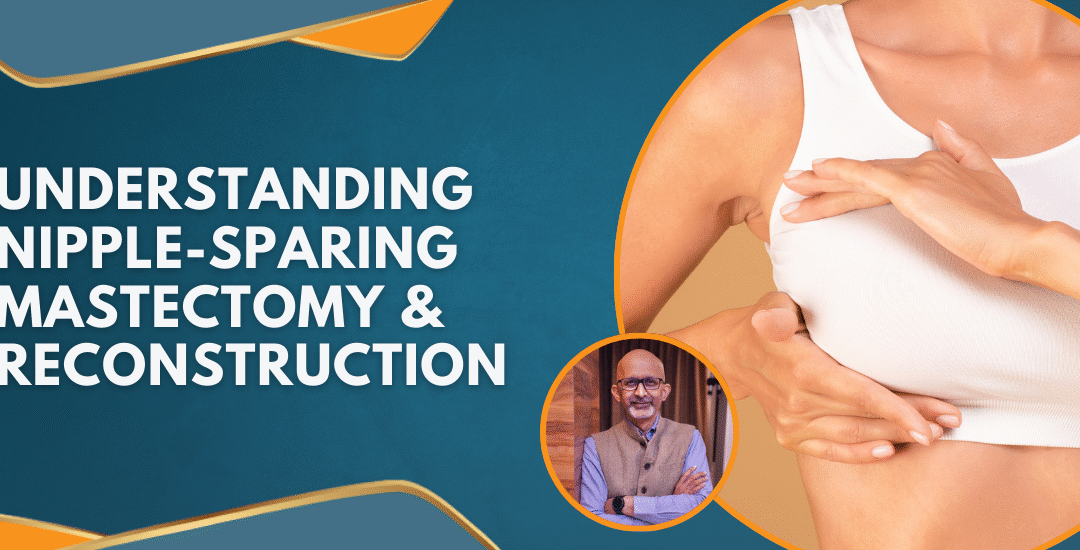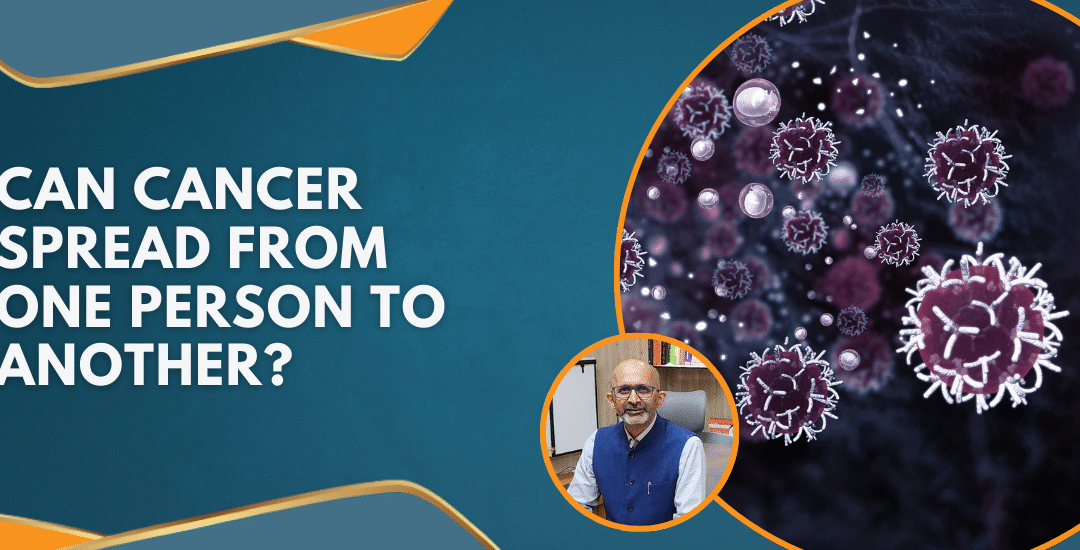
Chemotherapy is Bad! Debunking Myths and Revealing the Facts
Hearing the word “chemotherapy” often sparks fear and anxiety in patients. There’s a widespread belief that chemotherapy does more harm than good, with questions like “How bad is chemo?” or “Is chemotherapy really worth it?” lingering in the minds of many.
The truth is far from these misconceptions. Chemotherapy remains one of the most effective tools for treating cancer, significantly improving survival rates and reducing recurrence risks.
Dr. Sandeep Nayak, a trusted oncologist in Bangalore, emphasizes that chemotherapy is carefully prescribed only when the benefits clearly outweigh the risks. With his vast experience and a team of dedicated specialists, patients receive guidance and treatments that are tailored to their individual conditions.
Let’s dive in to uncover the truth about chemotherapy, debunk myths, and understand why it’s an essential part of cancer care.
Understanding Chemotherapy
Chemotherapy, commonly known as “chemo,” uses specialized drugs to destroy cancer cells and stop their spread. But how does it work?
- Targets Fast-Growing Cells:Cancer cells divide rapidly, and chemotherapy drugs target these cells effectively.
- Combined Approach:Chemotherapy can be used alongside surgery, radiation, or immunotherapy for comprehensive treatment.
- Improves Survival Rates:Research shows that chemotherapy improves outcomes for various cancers, including testicular cancer, lymphomas, and breast cancer.
💡 Key Point: Chemotherapy is never prescribed lightly. Doctors evaluate your case carefully, balancing benefits and risks to ensure the treatment is right for you.
Still unsure? Let’s address the most common myths surrounding chemotherapy.
Common Myths About Chemotherapy
It’s time to separate myths from facts so you can make informed decisions.
- Myth: Chemotherapy makes cancer worse.
Fact:Chemotherapy destroys cancer cells and improves survival rates. In cancers like testicular cancer, cure rates increase by 90%with chemotherapy. - Myth: Everyone loses their hair during chemotherapy.
Fact:Hair loss depends on the type of drugs used. With some treatments, patients may not lose hair at all. - Myth: Chemotherapy causes unbearable pain.
Fact:The chemotherapy process itself is not painful. Side effects like nausea or fatigue are temporary and manageable with proper care. - Myth: Chemotherapy is only for advanced-stage cancer.
Fact:Chemotherapy is used in all stages of cancerto stop its progression, prevent recurrence, and improve survival. - Myth: Chemotherapy weakens the immune system permanently.
Fact:Chemotherapy may temporarily lower immunity, but the body recovers with time. Supportive care ensures your health is closely monitored.
Let’s move on to key facts that highlight why chemotherapy is essential for cancer treatment.
Key Facts About Chemotherapy You Should Know
Here are some important facts about chemotherapy that every patient should understand:
- Chemotherapy Saves Lives:
- In cancers like lymphomas, chemotherapy is the backbone of treatment, leading to excellent survival outcomes.
- For testicular cancer, chemotherapy increases cure rates by up to 90%, making it a life-saving option.
- It’s Part of a Comprehensive Plan:
- Chemotherapy is often combined with surgery or radiationfor better results.
- Modern Chemotherapy is Personalized:
- Doctors tailor the drugs, dosages, and schedules to minimize side effects while maximizing treatment benefits.
- Side Effects are Manageable:
- With advancements in medicine, nausea, fatigue, and other side effects can now be effectively controlled with supportive therapies.
- Improves Quality of Life:
- By preventing cancer from spreading or recurring, chemotherapy helps patients lead healthier, longer lives.
💡 Remember: If your doctor suggests chemotherapy, it’s because the treatment offers you the best chance at beating cancer.
Still worried? Let’s look at how to take the next steps toward understanding your treatment.
Unsure about chemotherapy? Gain clarity with expert insights tailored to your needs.
Conclusion
The idea that “chemotherapy is bad” is a myth that often arises from fear and misinformation. While chemotherapy does have side effects, it remains a life-saving treatment that improves survival rates, prevents recurrence, and, in some cases, offers a cure.
Dr. Sandeep Nayak, a respected surgical oncologist in India, believes in providing patients with clear, compassionate guidance. He and his team ensure that chemotherapy is recommended only when it offers substantial benefits, empowering patients to make informed choices.
If you or a loved one is facing cancer treatment, remember that chemotherapy is prescribed to save lives. With the right care and support, you can overcome cancer and regain your health.
Ready to take control of your cancer treatment? Explore your options and embark on your path to recovery with confidence.
FAQs
How bad is chemo?
Chemotherapy may cause temporary side effects like fatigue, nausea, or hair loss. However, it is a proven treatment that significantly improves survival and quality of life.
Does chemotherapy always cause hair loss?
No. Hair loss depends on the type and dosage of chemotherapy drugs. Many treatments do not cause hair loss.
Why do doctors recommend chemotherapy despite its side effects?
Doctors recommend chemotherapy when its benefits—like improving survival or curing cancer—far outweigh the risks.
Is chemotherapy painful?
No, chemotherapy itself is not painful. Side effects like nausea or weakness can occur, but these are manageable with proper supportive care.
Can chemotherapy cure cancer?
Yes, for cancers like testicular cancer and lymphomas, chemotherapy plays a critical role in achieving high cure rates. I assists curing many cancers.
Where can I find reliable chemotherapy treatment in India?
Consult with a trusted oncologist in Bangalore or a surgical oncologist in India who specializes in advanced, evidence-based cancer care.














